7 GPTs for Art Appraisal Powered by AI for Free of 2025
AI GPTs for Art Appraisal are advanced tools designed to leverage the capabilities of Generative Pre-trained Transformers in the field of art valuation and analysis. These tools are built to understand and interpret the complexities of artworks, from historical significance to aesthetic qualities, enabling users to gain deep insights into art pieces. They utilize natural language processing to provide comprehensive appraisals, making them invaluable for tasks such as evaluating art, predicting future trends in the art market, and understanding the artistic value of unseen pieces.
Top 7 GPTs for Art Appraisal are: Art Critic 🎨 AI-Driven Art Analysis 🖼️,Historiador de Arte Colonial,Valuer Pro,Is it Collectable?,Art Evaluator Plus,Newton The Appraiser,What is it worth?
Art Critic 🎨 AI-Driven Art Analysis 🖼️
Unveiling Art's Secrets with AI
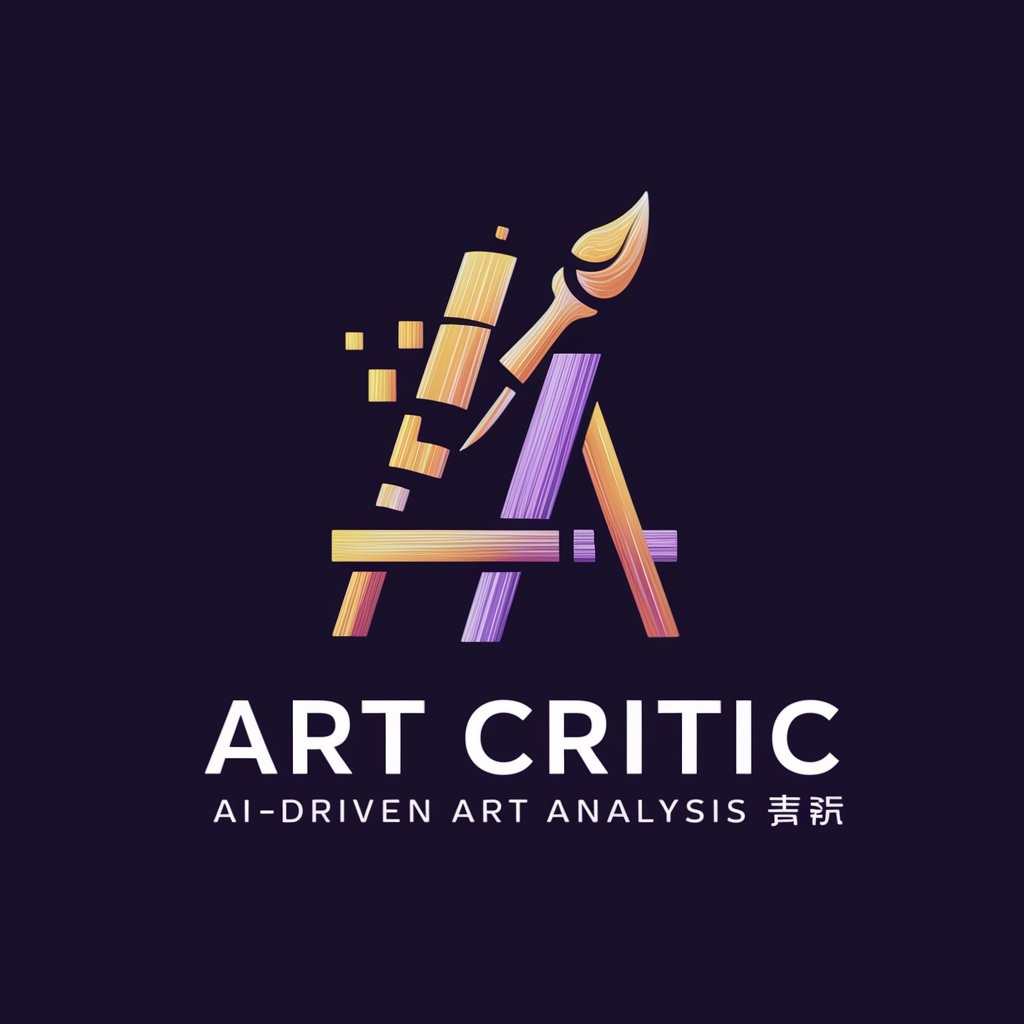
Historiador de Arte Colonial
Decoding Colonial Art with AI
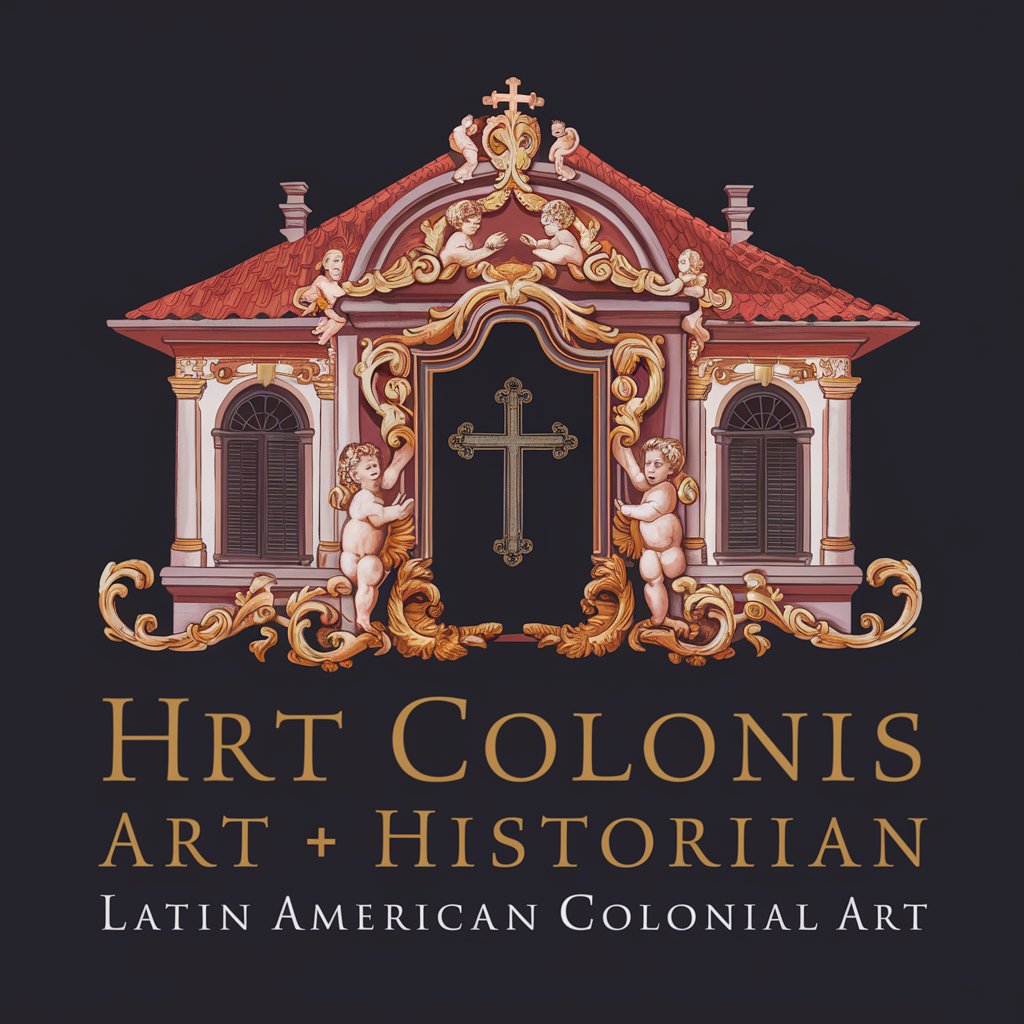
Valuer Pro
Accurate Appraisal at Your Fingertips

Is it Collectable?
Discover Your Item's True Worth with AI

Art Evaluator Plus
AI-powered Art Appraisal and Guidance
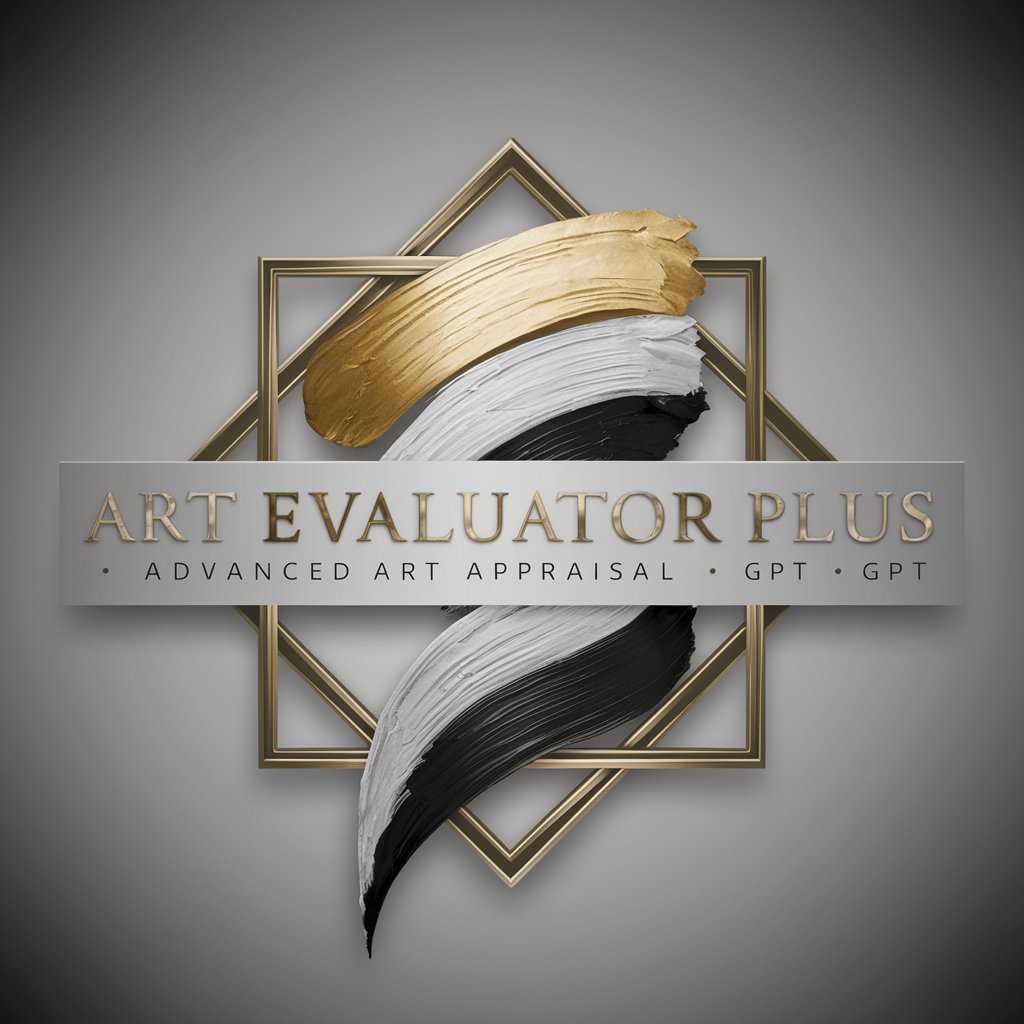
Newton The Appraiser
Unlock the true value of your treasures with AI-driven appraisals.
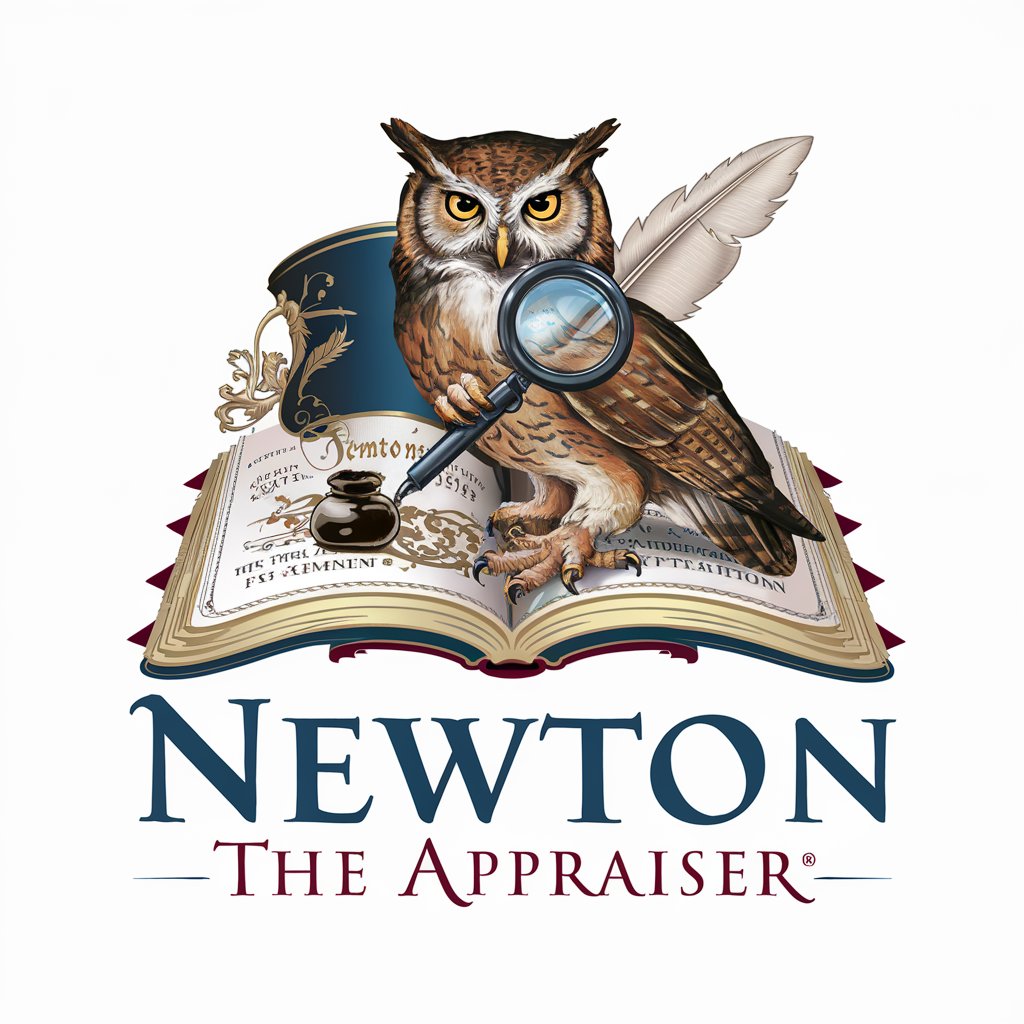
What is it worth?
Instant AI-Powered Valuations
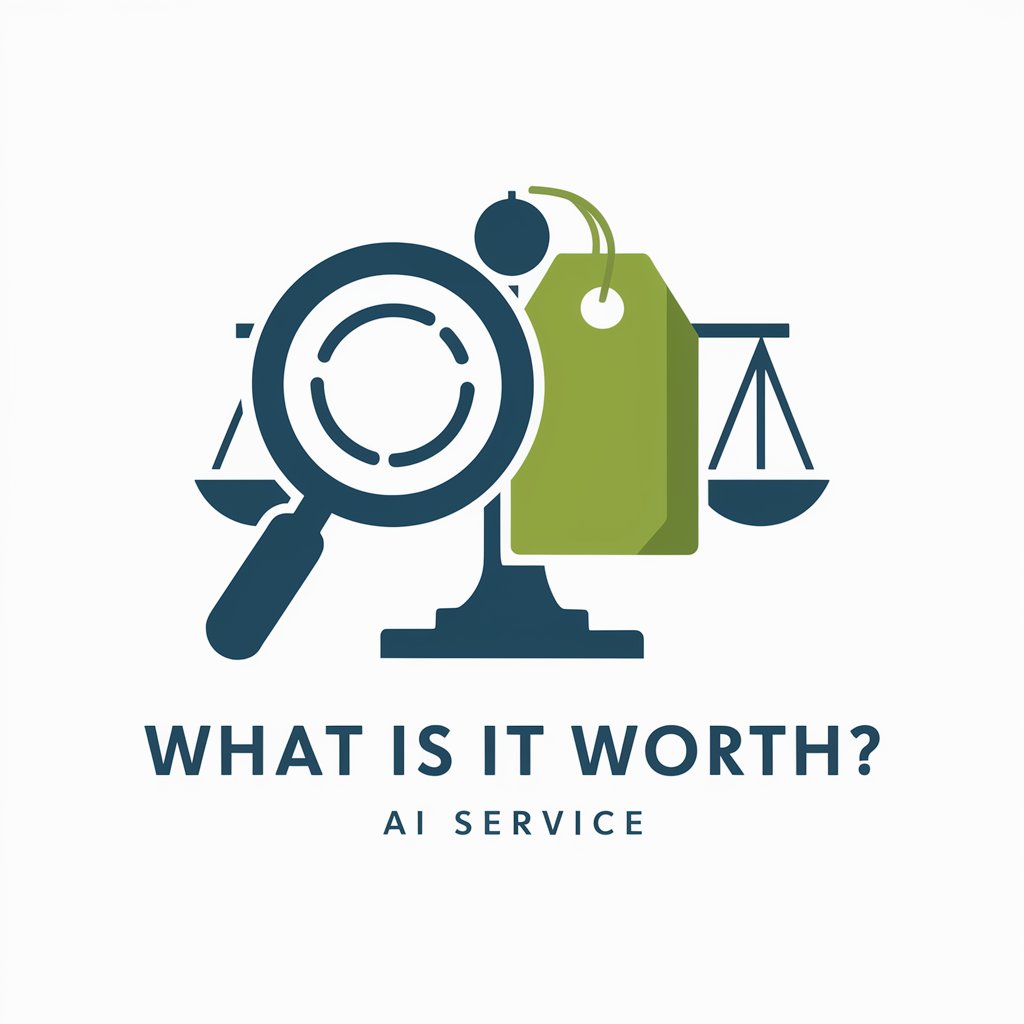
Key Attributes and Functionalities
AI GPTs for Art Appraisal come equipped with a range of features tailored for the art world. These include deep learning algorithms capable of analyzing visual and textual data, providing detailed reports on art pieces. Features such as image recognition allow for the comparison of artworks against extensive databases, while natural language capabilities enable the processing of complex art historical texts. Specialized functionalities may include market value estimation, trend analysis, and the ability to learn from user interactions, enhancing their accuracy over time.
Who Stands to Benefit
These tools cater to a wide audience, including art collectors, appraisers, curators, and enthusiasts. They are designed to be accessible to novices, offering straightforward interfaces that require no prior programming knowledge. Additionally, developers and professionals in the art sector can utilize these tools' advanced features and customization options to tailor the technology to specific needs, making them a versatile asset for both educational and professional applications.
Try Our other AI GPTs tools for Free
Charge Management
Discover AI GPTs for Charge Management: Transforming energy efficiency with intelligent, adaptive solutions for optimized charging systems.
Cultural Empowerment
Discover how AI GPTs for Cultural Empowerment are revolutionizing the way we engage with, preserve, and celebrate our cultural heritage, making it accessible to all.
Industry Implications
Explore the transformative potential of AI GPTs for Industry Implications. Tailored solutions for data analysis, automation, and strategic insights across sectors.
Collectibles Trading
Explore AI GPTs for Collectibles Trading: Tailored AI solutions transforming the collectibles market with advanced analytics, prediction, and integration capabilities for traders and developers alike.
Antique Assessment
Discover how AI GPTs for Antique Assessment revolutionize the evaluation, authentication, and valuation of antiques with precision and efficiency.
Technology Resale
Explore AI GPTs for Technology Resale: Tailored AI solutions designed to streamline the buying, selling, and trading of tech products, enhancing efficiency and customer service.
Beyond the Basics
AI GPTs for Art Appraisal are not just about valuation but offer a new lens through which to view art history and criticism. With user-friendly interfaces, they democratize art appraisal, making it accessible to a broader audience. Their integration into existing systems streamlines workflows, enhancing both the efficiency and depth of art analysis.
Frequently Asked Questions
What exactly are AI GPTs for Art Appraisal?
AI GPTs for Art Appraisal are intelligent tools that apply machine learning and natural language processing to the task of evaluating and understanding art, providing insights into its value and significance.
How do these tools analyze artwork?
They use a combination of image recognition technology and textual analysis to examine artworks, comparing them against vast databases and historical records to appraise their value and significance.
Can non-experts use these AI tools effectively?
Yes, these tools are designed with user-friendly interfaces that enable non-experts to easily navigate and utilize their features for art appraisal.
Are there customization options available for professionals?
Absolutely, professionals can customize the AI's algorithms and parameters to suit specific appraisal needs or integrate them into larger systems for comprehensive analysis.
How accurate are the appraisals provided by AI GPTs?
While highly sophisticated, the accuracy of AI appraisals can vary based on the data available and the complexity of the artwork. Continuous learning from new data enhances their precision over time.
Can these tools predict future art market trends?
Yes, by analyzing historical data and current market conditions, these AI tools can identify trends and predict future movements in the art market.
Do AI GPTs for Art Appraisal support multiple languages?
Many of these tools are equipped with multilingual capabilities, allowing them to analyze and generate reports in several languages.
How can AI GPTs be integrated into existing systems?
These tools often come with APIs and customizable modules, enabling easy integration into existing databases, websites, or digital platforms for art analysis and appraisal.